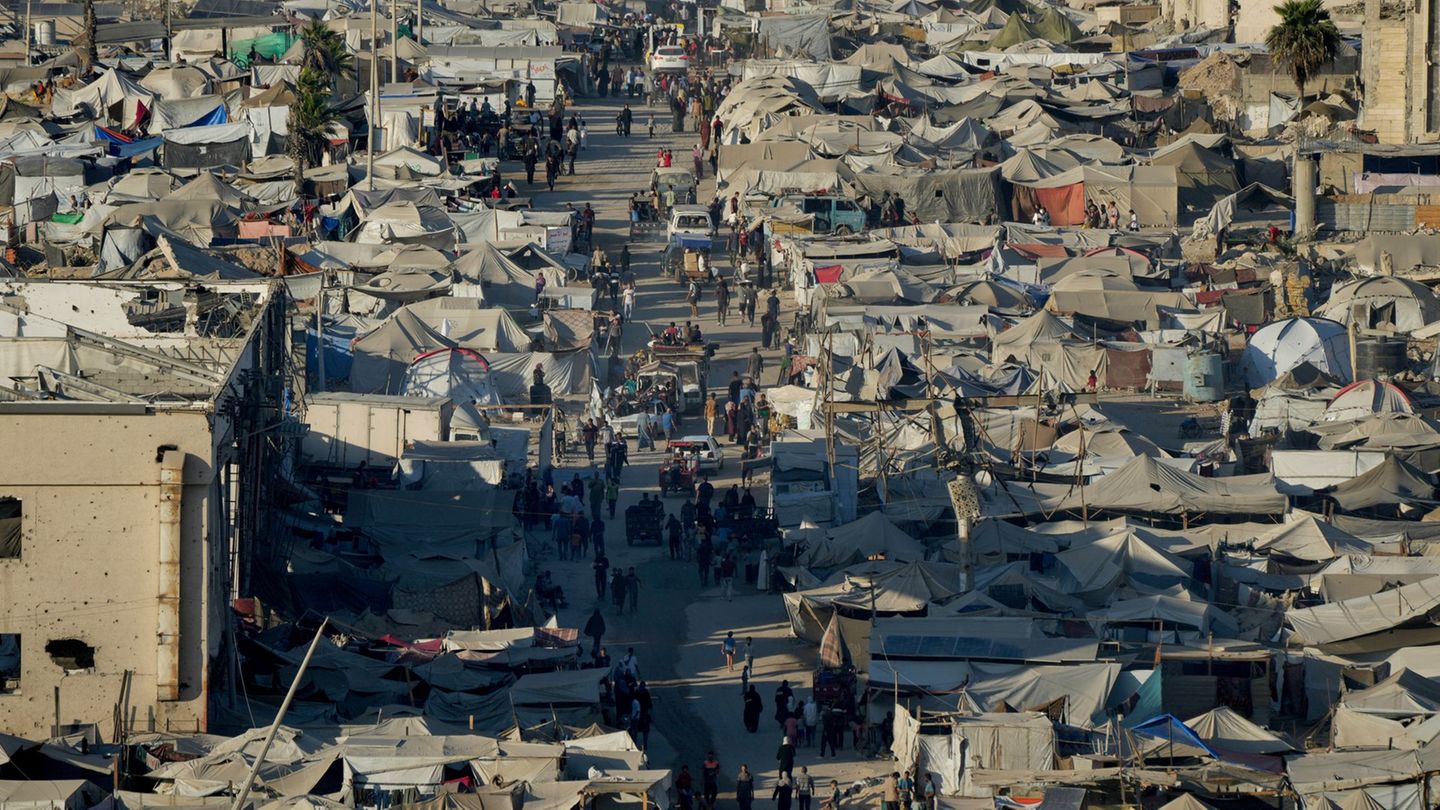The work “Regional Panorama of Food and Nutritional Security 2021” indicates that moderate or severe food insecurity also increased with 9 percentage points.
In this way “41% of the region’s population suffers from moderate or severe food insecurity, which corresponds to 267 million people whose human right to food is not being fulfilled ”, asserts work. That is to say, 60 million more people than in 2019 did not have physical or economic access to food in sufficient quantity or quality for their health and development.
The moderate food insecurity it determines the difficulties of a person to obtain food and that has been forced to reduce, sometimes over a year, the quality and / or quantity of the food they consume due to lack of money or other resources. Meanwhile, the severe food insecurity, It is when one is hungry and, in its most extreme version, has not eaten for days. In this category, Argentina registers 5.7 million people.
picture.jpg
Among the causes, the impact of COVID-19 stands out, since it affected the income of millions of people in the region, although it is concerned with clarifying that “The pandemic is not solely responsible for all these setbacks, since regional hunger figures have increased for 6 consecutive years.”
Recoil
The result is that: “the data indicate that the fight against hunger is moving backwards. We have returned to the levels of 15 years ago, and we are losing the battle against all forms of malnutrition ”.
In 2020, Latin America has moderate or severe food insecurity of 41%, while severe food insecurity, that is, of people who went hungry or went a whole day without eating, of 14%.
In the context of the COVID-19 pandemic, between 2019 and 2020, moderate and severe food insecurity grew by 9 percentage points, the highest in relation to the rest of the world regions.
The countries with the highest prevalence of undernourishment in Latin America during 2018-2020 are Haiti (46.8%), Venezuela (27.4%), Nicaragua (19.3%), Guatemala (16.8%), Honduras (13.5%), Bolivia (12.6%) and Ecuador (12.4%). The rest of the countries are undernourished less than 10%, and in Brazil, Cuba and Uruguay this is less than 2.5%.
In this case Argentina is located in the average of the countries with the lowest index with 3.9% in the 2018/2020 period. 1.7 million people are undernourished.
In Southamerica, 55.6 million people were severely food insecure during 2020. In the last year alone, 18.9 million more people experienced severe food insecurity, the work indicates.
Childhood
In Latin America and the Caribbean, during 2020, the prevalence of stunting in children under 5 years of age was 11.3%, well below the world average of 22%. A good fact is that in the last 20 years, a reduction of 37% was achieved in this area.
It should be noted that stunting indicates low height for age and reflects the effects of chronic malnutrition on child growth, with negative consequences for health and development.
In the world, growth retardation in children under 5 years old reaches the 225 period 2019/20, while in the region it is 8.6% and in Argentina 7.8%.
Obesity
The reverse but not positive is that in the region 1 in 4 adults suffers from obesity. While, “child overweight has increased in the last 20 years and is higher than the world average, affecting 7.5% of children under five years of age in 2020 ”.
The consequences of overweight and obesity have an economic, social and health impact in the countries due to the reduction “productivity and increase disability, premature mortality and the costs of medical care and treatment ”.
In Latin America and the Caribbean, 7.5% of children under 5 years of age were overweight in 2020, a prevalence of almost 2 percentage points higher than the world average and a sustained increase during the last 20 years.
According to estimates for 2020, Argentina, Barbados, Cuba, Panama, Trinidad and Tobago and Uruguay exhibit the highest data on overweight in children under 5 years of age in the region, hovering around 10%. Punctually in Argentina This indicator is 12.9%, followed by Paraguay with 12% and Uruguay with 10.3% data as of 2020.
In obesity in adults, Argentina is also in the first places with 28.3% above the regional average (23%)
It should be remembered that two of the Sustainable Development Goal (SDG) 2 is: “End hunger, achieve food security and improved nutrition and promote sustainable agriculture” and SDG 3: “Ensure healthy lives and promote well-being for all in all the ages”.
The work warns in its foreword “that these trends will not be reversed if we do not transform our agri-food systems so that they are efficient, resilient, inclusive and sustainable enough to provide a healthy diet for all, leaving no one behind.”
Finally, he refers to the fact that this was the objective of the Food Systems Summit held in September 2021, which brought together 23 member states from Latin America and the Caribbean to discuss how to carry out a transformation that benefits the most vulnerable communities.
Source From: Ambito
David William is a talented author who has made a name for himself in the world of writing. He is a professional author who writes on a wide range of topics, from general interest to opinion news. David is currently working as a writer at 24 hours worlds where he brings his unique perspective and in-depth research to his articles, making them both informative and engaging.




